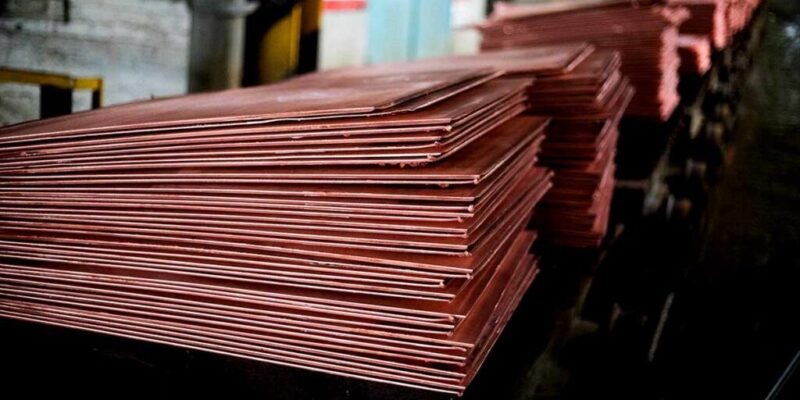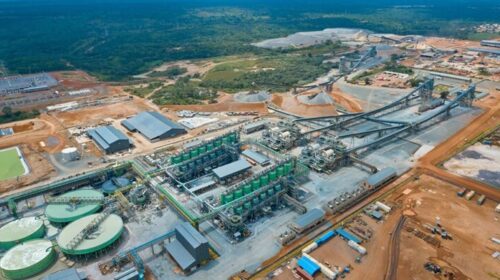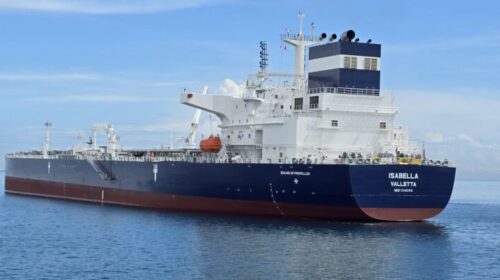Zambia’s Ambition to Triple Copper Production remains Uncertain
Zambia, known for its copper reserves, has set an ambitious target to increase copper production from its current level of 830,000 metric tons to 3,000,000 metric tons within the next decade. However, achieving this target remains uncertain due to the lack of stringent measures being taken to reach it.
The Association of Zambian Mineral Exploration Companies (AZMEC) acknowledges that the 3 million metric ton production target is achievable by 2031. However, the association is not aware of any exploration projects currently at an advanced stage that could contribute to production before 2031.
In the previous year, Zambia’s copper production experienced a 5% decline, reaching approximately 760,000 metric tons, which is not in line with the New Dawn Administration’s goal of surpassing 3 million tons per annum by 2031.
Kristina Kanche, the Office Manager of AZMEC, believes that Zambia possesses the geological potential to reach the target. However, the crucial question remains whether it is feasible to achieve such a significant increase in production by 2031.
Kanche explains that while the expansion of existing mines could potentially double the current production to 1.5 million tons of copper per year, the remaining increase would depend on exploration projects. These projects, currently in the exploration phase, would require over eight years to identify economically viable mineral deposits, delineate resources, develop mine plans, and commence production.
To realize this ambitious aspiration, Kanche emphasizes the need for transparency and efficiency in the mining rights system and procedures. By providing more predictability for all stakeholders, including investors, confidence in the sector can be enhanced, thereby reactivating exploration activities and establishing the foundations for future mining projects.
Furthermore, Kanche suggests that the Geological Survey should invest in aerial surveys and mapping to accelerate exploration work by building a comprehensive knowledge base. The availability of an organized online data system would greatly facilitate the initial area selection process before acquiring exploration rights.
AZMEC recommends that the government conducts high-resolution airborne geophysical surveys encompassing magnetic, radiometric, and electromagnetic techniques across the entire country. This would enable the mapping of underlying geology and the generation of potential drilling targets.
According to Kanche, urgent action is required to conduct new and more extensive geophysical surveys in Zambia. These efforts would stimulate exploration activities, ultimately leading to increased mining production in the country.
93 total views , 1 views today





